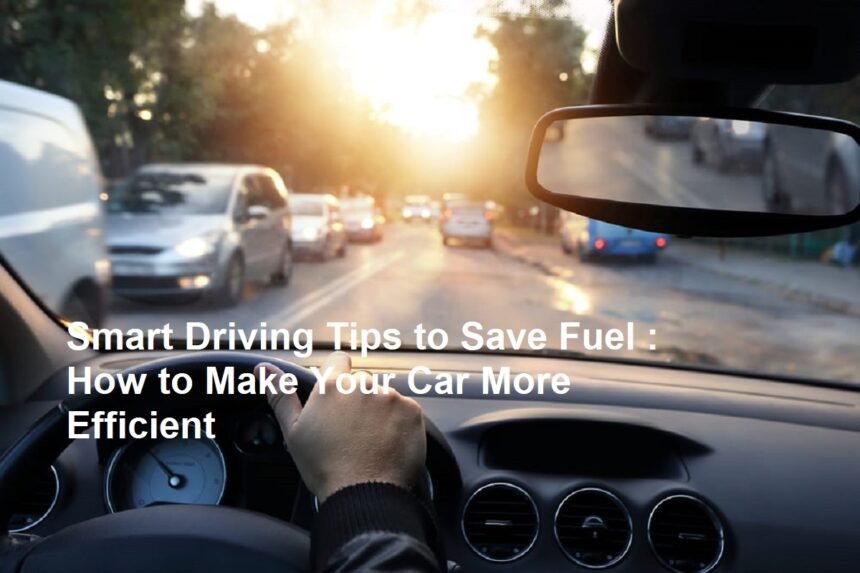Introduction
When you drive a car, one thing that is always on your mind—besides the destination, of course—is the fuel gauge. Who doesn’t want to save money and make every drop of fuel count? I often find myself calculating how many kilometers I could squeeze out of a single tank. Over the years, I’ve learned that small changes in driving behavior and routine maintenance can make a world of difference for your wallet and the planet.
Understand Your Car’s Needs
First off, it pays to know your car—literally. Every vehicle has its own sweet spot when it comes to fuel consumption. Check your car manual to discover the recommended fuel type and optimal tire pressure. Many people overlook tire pressure, but underinflated tires can increase drag and burn up to 3% more fuel! I like to make checking my tire pressure a monthly ritual—surprising how often it needs a little air.
Embrace Smooth Driving
One of the easiest and most effective ways to save fuel is to drive smoothly. Rapid acceleration and sudden braking guzzle unnecessary fuel. So, imagine you have a cup of hot coffee on your dashboard—drive in such a way it won’t spill. I always accelerate gently and anticipate traffic light changes, which helps me avoid stomping on the brakes. It feels Zen-like and my fuel gauge thanks me.
Reduce Idling Time
Idling might feel harmless, but the reality is each minute your engine runs while parked burns fuel needlessly. If you anticipate being stopped for more than a minute or two—maybe you’re waiting to pick someone up—it’s better to switch off your engine. Modern cars don’t need to warm up like the old days, so that’s some easy fuel savings.
Use Air Conditioning Wisely
I won’t deny it—I love a fresh, cool interior on a hot day. But air conditioning can be a sneaky fuel drainer, especially at low speeds. If you’re crawling in city traffic, consider opening the windows for a breeze instead. At higher speeds, rolled-down windows increase air drag, so at that point, feel free to flip on the AC. It’s all about balance!
Keep Up With Maintenance
Routine maintenance is more than just keeping your car happy—it also keeps your wallet from leaking. A dirty air filter, old spark plugs, or clogged fuel injectors can make your engine work harder than it needs to, burning more fuel in the process. I’ve made it a habit to visit my trusted mechanic for scheduled services. It’s a bit of an investment, but it definitely pays off in fuel savings and peace of mind.
Plan Your Route
These days, navigation apps are my best friend. Not only do they help avoid traffic jams, but they also suggest the quickest routes. Stop-and-go traffic and unnecessary detours increase fuel consumption. I tend to batch my errands into one trip and try to travel during off-peak hours, reducing the time I spend stuck on the road.
Lighten the Load
We all have random stuff that lives in the trunk. But carrying heavy, unnecessary items is like asking your car to run with a backpack full of rocks. Every 25 kg can increase your fuel use by about 1%. I periodically clean out my car—those golf clubs and bottles of water don’t need to come with me everywhere I go!
Drive Within the Speed Limit
Speeding not only risks your safety and a possible ticket, but it also empties your tank faster. Cars are generally most efficient between 50–80 km/h. Every time you push past that sweet spot, your engine works harder and the fuel economy drops. When I stick to moderate speeds, I notice my trips are both stress-free and lighter on fuel consumption.
Final Thoughts
Saving fuel isn’t just a matter of luck—it’s a lifestyle. It involves a bit of mindfulness, taking care of your car, and being strategic about how and when you drive. Not only do these tips save you money, but they also help the environment by reducing unnecessary emissions. With a few small shifts in habits, every journey can be a little greener and a lot more cost-effective.












